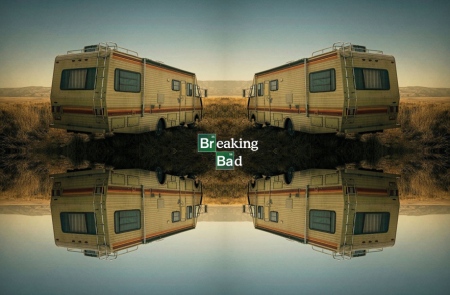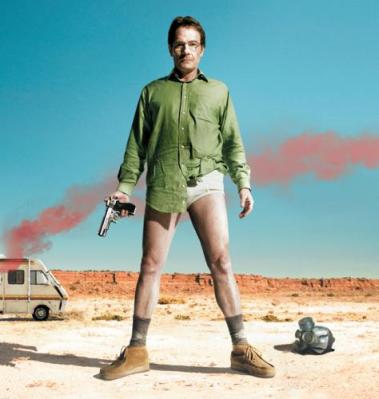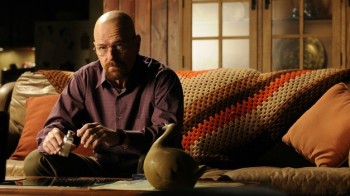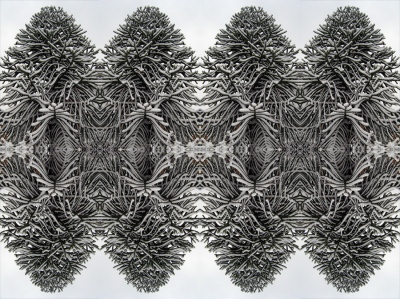W.T.G.A.: Cézanne vs Kandinsky
 You would be hard-pressed to find two more pivotal individuals in the evolution of painting than Paul Cézanne and Wassily Kandinsky. Both of their artistic explorations forged new paths in art that countless artists have followed since. One is considered to be the grand provocateur of pure abstraction and the other, the godfather of modernism itself. If painting is a language; than their works could be akin to the Rosetta Stone, offering countless insights into the possibilities of things to come. Both men left us with a rich legacy of stunning masterpieces and innovative approach, but who is the greater artist?
You would be hard-pressed to find two more pivotal individuals in the evolution of painting than Paul Cézanne and Wassily Kandinsky. Both of their artistic explorations forged new paths in art that countless artists have followed since. One is considered to be the grand provocateur of pure abstraction and the other, the godfather of modernism itself. If painting is a language; than their works could be akin to the Rosetta Stone, offering countless insights into the possibilities of things to come. Both men left us with a rich legacy of stunning masterpieces and innovative approach, but who is the greater artist?
When we think of Cézanne, we think of greens and oranges, we think of countless variations of a solitary theme whether it be a distant mountain or still-life brimming with fruit, we think of bathers by a stream or men immersed in a game of cards and then we stop thinking altogether and let the pictures take over. We are helpless to their beauty. A painting by Cézanne is an experience, it starts to work on you the minute you step into its realm; all other paintings seem to fade away in its presence. At first it may appear to be a pure exercise in painting, marrying colour with technique, but the whole is definitely more than the sum of its parts. In the hands of Cézanne, an apple can take on transcendental qualities. The abstract expressionist Barnett Newman famously called them ‘canon balls’ eluding to their dynamic power.
Similarly, Kandinsky breathes with explosive flurries of colour and harmony. We become charged by their energy and swept up in their movements. Throughout his career, he explored the correlation between music and paint and helped to visually interpret the sweeping momentum of symphonies and other musical compositions. When standing in front of one of his paintings in a museum, it sings to you. One composition leads to another and you want more. Kandinsky constantly thrills and surprises you with his choices and you are left amazed by the endlessness of his creativity.
Early on in Cézanne’s evolution as a painter his palette was dark and dense and his hand was heavy and unsure. As time went on the colours became lighter and the hand more confident. Near the end of his career, thin paint and raw canvas spoke volumes and every brushstroke became a delight. Over his lifetime he stripped away all things unnecessary in his painting and distilled the essential. A seemingly unfinished Cézanne is still a deeply satisfying experience.
Kandinsky started out in a fauvist vein attacking the canvas with brilliant colour and a wild technique. Over the years, the landscapes and imagery of his early works slowly were reduced to impressions and eventually disappeared all together into a sea of lines, colours and gestures. Shapes soon took over creating a language all to themselves. The chaos of early works was replaced with order and echos of geometry and biology. The song evolved over the decades but retained its tune.
Cézanne’s contribution to the history of art is no small feat. He turned painting on its end by playing with the picture plain. By tilting the perspectives of multiple objects we see the seeds of cubism and usher in Modernism. Braque and Picasso were immensely influenced by Cézanne’s explorations. The rules of painting were being rewritten by these innovations. What should not work or be misconstrued as wrong, resounds true and leads the way.
Throughout his career Kandinsky forged new ground for all those who followed him. He was a founding member of the Blue Rider group, taught at the Bauhaus and left an astonishing body of work. He wrote extensively about the theory of abstraction and taught many who were willing to learn. He is considered one of the greats, but for a long time his contribution went unacknowledged; even in his homeland of Russia, his paintings were hidden away in institutions like the Hermitage not to be viewed by the public. Time has erased these wrongs and now Kandinsky rises high in the Pantheon of art but can he topple Cézanne?
In the end Kandinsky may have had the canons but Cézanne supplied the ammunition.
Winner: Cézanne



















